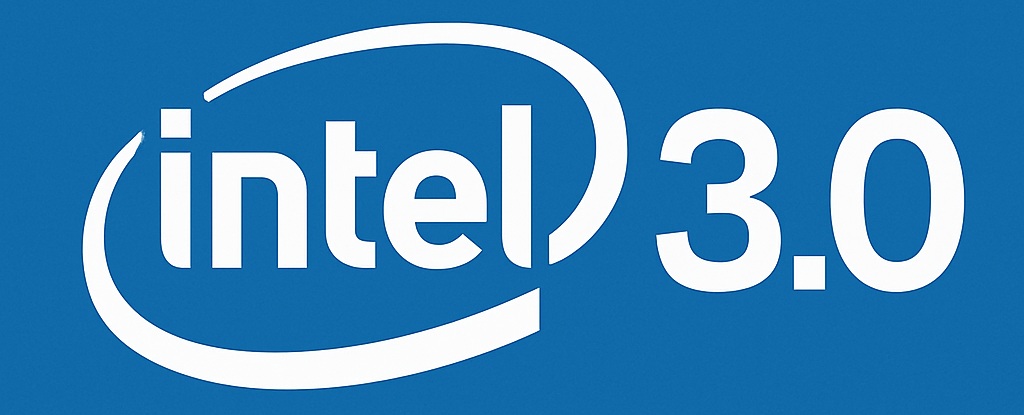
Probably one of the most anticipated semiconductor investor calls was held last week and it did not disappoint. It was Lip-Bu Tan’s first full quarter since he took over as CEO. In the resulting discussions on the SemiWiki Forum I am viewed as overly optimistic of Intel’s recent pivot. That is true, I am optimistic, but my observations and opinions are based on 40 years of Semiconductor experience, 30 of which included foundries such as TSMC, UMC, SMIC, Samsung, Chartered, GlobalFounderies, etc… I also co-authored a book “Fabless” on the subject so this is not an armchair quarterback piece.
As it stands today, TSMC is the dominant force in the foundry industry which is the result of 30+ years of hard work. I experienced this first hand. One of the most important parts of TSMC’s success is that they do not compete with customers. Another is that TSMC is laser focused on yield which not only builds a strong financial base but also results in customer/partner trust and loyalty.
Bottom line: When TSMC says they are going to deliver something they over-deliver, absolutely.
TSMC’s leadership should also be recognized. Dr. Morris Chang and Dr. CC Wei should be in the semiconductor CEO hall of fame along with Dr. Andy Grove, Jensen Huang, Dr. Lisa Su, and Hock Tan. These CEOs have made semiconductors what they are today, a critical part of modern life.
Intel is one of the most important, if not THE most important companies in the history of semiconductors. The innovation and technology that have spawned from Intel are too numerous to count but I could easily say that the semiconductor industry would not be where we are today without intel.
Unfortunately, being a dominant semiconductor company for so many years is a blessing and a curse. Intel lost focus, and let’s just say that the massive Intel ego was no longer serviceable.
An example of that is when Intel decided to be a foundry in 2010. I had direct experience with this and the first thing that struck me was that Intel had no idea what the foundry business really was. Career Intel executives took charge and without practical foundry experience they failed. Intel decided to get give the foundry business another try when Pat Gelsinger took charge in 2021 which again failed even though Intel brought in outside expertise.
Let’s just say, in a nutshell, the Intel culture was not foundry friendly. The foundry business is customer centric, thanks to TSMC, and that was not the Intel way, in my opinion. An example of that is building PDKs and fabs without direct customer involvement. We call it the Field of Dreams approach where you do something and expect customers to come running. That takes a very big ego and rarely does it succeed in my experience.
In 2025 Intel landed a foundry experienced CEO. Lip-Bu Tan is a famed Venture Capitalist who joined the board of Cadence Design Systems in 2004 and accepted the CEO position in 2008. As a side note, Lip-BU replaced Mike Fister as Cadence CEO who was a career Intel executive. Let’s just say that Mike left Cadence in much worse shape than when he joined. Mike’s ego was legendary. I have known Cadence since before they were Cadence so I experienced this first hand as well.
Lip-Bu lead a significant culture change at Cadence that brought them back to a leadership position in EDA. Cadence was in decline with $1 billion in revenue in 2008. Today Cadence is a $5 billion dollar company with double digit growth.
Why am I optimistic for Intel 3.0?
First and foremost Lip-Bu Tan. Lip-Bu knows the foundry business. He was an important part of the semiconductor ecosystem and is very customer centric. I saw Lip-Bu in Taiwan many times as TSMC was not only a Cadence partner but also a big customer. In fact, all of the top semiconductor companies are Cadence customers and I can assure you Lip-Bu knows the CEOs on a first name basis.
Second, Lip-Bu is transparent, he will tell it like it is, he will not tell you what you want to hear, he will set your expectations knowing full well he will beat them. Lip-Bu may have learned this from TSMC because that is a key part of the TSMC corporate culture.
Third, Lip-Bu would not have taken this job without a plan in mind. He is not in this for money, he took this job to guarantee him a spot in the semiconductor CEO Hall of Fame. There is no other explanation, this is all about his legacy and his respect for Intel. While I do believe that Lip-Bu uncovered more problems inside Intel than he was aware of as a board member, I have complete confidence in his abilities to facilitate change.
Yes, the investor call did not sound optimistic on the foundry side, but remember, Lip-Bu Tan sets expectations so he can beat them.
What does Intel Foundry need to do to succeed? I will write about that next but Lip-Bu already knows this so it will not be a surprise to him or his consolidated executive staff.
Also Read:
Should Intel be Split in Half?
Should the US Government Invest in Intel?
Share this post via:





Comments
6 Replies to “Why I Think Intel 3.0 Will Succeed”
You must register or log in to view/post comments.